#华语
Text
Writing “Chinese” in Chinese
Here is a little bit of information that I thought would be great to share!
So whenever I’m writing my tags or trying to introduce myself, I think about how I would actually write the name of my target language. So for example, to say “I am learning Spanish” I would write “ Estoy aprendiendo español”. The translation is simple. But for Chinese, that’s not the case.
There are differences in Chinese as it’s written versus when it’s spoken. There’s also differences between Mandarin Chinese and Cantonese Chinese. It was interesting trying to make sense of which ones to use and when, so I looked it up! I used several resources, which will be linked at the end.
Below, I have the noted words, with both Mandarin and Cantonese pinyin and jyutping to showcase how it’s pronounced. There are also detailed explanations as well. Anyway, here it goes!
Chinese (person): 中国人。 Zhōng guó rén / zung1 gwok3 jan4
The main reason why I placed this here is due to how English as a language works. When you look up how to say Chinese in Chinese, this will pop up. It’s only due to the fact that English uses words such Chinese, Spanish, etc to describe the language, people, and objects pertaining to that country. So we use “Chinese” for both “I am Chinese” and “I speak Chinese”. This not the case for other languages though. They have separate words for the language and the people. So in Chinese, to that say a Chinese person you use “中国人”.
This breaks down in multiple ways. 中 means middle and it’s commonly used to as an indication for China. 国 means country so when used with 中, it means middle country, or China. When having 人 , which means person, it becomes the meaning given above. All of this is important to know as 中 and the other characters will be used with this context in mind.
Chinese (written): 中文 zhōng wén / zung1 man4
This is mainly for Chinese as the written language. It can apply to all the languages under it (so mandarin, cantonese, etc). It can also be used for the spoken Chinese as well. This would be the simplest form to use when wanting to say “I’m learning Chinese.” This would not help with specifics though.
This is written like this due to 文 meaning writing, character, script, and language. With 中 meaning China, the two form together to create the meaning of “the written language of China”, “the Chinese written language,” or even a simple “Chinese writing”. It also can be seen as “Chinese Language” as well. This is why even though you can use this as a simple “Chinese”, it carries the idea of writing in Chinese.
In general, if you don’t mind the vagueness of 中文, then you can use it. But if you want to be specific in whether your learning Mandarin, Cantonese, etc, then use the ones below.
Mandarin Chinese (Han People): 汉语 hàn yǔ / hon3 jyu5
This is used to say the language of the Han people, which make up most of the Chinese population. This is understood to mean Mandarin and is commonly used for it. It is also used by teachers as well so while 中文 is used by everyday people to say Chinese, 汉语 might be used in schools to specify Mandarin.
This is broken down by 汉 meaning the Han people, an ethnic group that makes up most of the population in China, and 语 meaning language, tongue, or expression. This means that with the two combined, it brings the idea of “Han language” or “language of the Han people”. It is used more often to refer to the spoken language of Chinese, such as Mandarin.
Small note: I went back through to double check this post and it seems that for some speakers, this actually does refer to other dialects/languages. Some have noted that people can use this to also mean Cantonese as well, although several articles go against this.
Mandarin Chinese (Common Language): 普通话 pútōng huà / pou2 tung1 waa2
This is used to also say Mandarin Chinese, but through the idea of a “common language” or “common dialect”. It’s from the idea of speaking in the common dialect, which in China and learning settings, would be Mandarin. This is how the Chinese government puts their official language.
This can be broken down by 普 meaning universal, general, widespread, 通 meaning pass through, common, communicate, and 话 meaning speak, talk, communicate, dialect. This all comes together to form the idea of a common dialect.
I am curious if this meaning for Mandarin Chinese changes depending on environment. If one is in an environment where most speakers speak Cantonese, would 普通话 mean Cantonese instead? Would love to know!
Mandarin Chinese (Taiwan): 国语 guóyǔ / gwok3 jyu5
This version is used primarily in Taiwan. It means “language of the country” or “country language”. This doesn’t explain much about the exact language is it, but since Mandarin is spoken in Taiwan, using this word to describe Mandarin makes sense. It’s the idea of speaking the country or national language, aka Mandarin.
This word can be broken down by 国 and 语。Both of which have been explained above.
Mandarin Chinese (Overseas): 华语 huáyǔ / waa4 jyu5
Now in in the articles I looked at, they note that even in overseas communities there are different words for Mandarin. This version is used mainly in South East Asian countries, such as Singapore and Malaysia. This time though, the ideas behind the characters are a bit more complex in nature.
The characters can be broken down by 华 and 语. While 语 has been explained before, 华 carries a much more complicated history. Just as 中 can mean “Middle” while also being used to mean China, 华 does the same. 华 means splendid, magnificent, and flowery, but it’s not this meaning that 华语 is using. That is due to 华 being used in the word 华夏, which is a concept of the Chinese civilization and nation. It’s an awareness of the Han people and their ancestors.
夏 is the name of the very fist Chinese Dynasty, the one that formed the country. Having 华夏 together brings this idea of a great dynasty and the importance it holds for Chinese communities and their shared history. So for Chinese people in places such as Singapore and Malaysia, it’s way for them to connect to their ancestry. They can also connect with their language through this, hence 华语。
This all comes together to bring the idea of Chinese people in Singapore speaking the language of their people or ancestors, which in most cases is understood to be Mandarin. The language of their Han ancestors, 华语,is Mandarin.
Mandarin (Officialese): 官话 guān huà / gun1 waa2
This one is very straight forward, but is also used in many different contexts. 官 means official, bureaucratic, or government. When this is combined with 话, it takes on the meaning of official language, which in China is Mandarin. This isn’t it’s only meaning though. It can also be used to say bureaucratic language or even used to mock or joke about “official language” or “officialese”. So be mindful that this isn’t used to only mean Mandarin.
Mandarin (Northern Dialect): 北方方言 běi fāng fāng yán / baak1 fong1 fong1 jin4
This one is actually quite simple! The first part of this is 北方, which means north or northern. The second part, 方言, means topolect, which is sorta like a dialect. This very easily translates into northern topolect/dialect. This encompasses all the dialects of northern, north eastern, and south westward China into one thing of “Mandarin”. This is only really used in linguistic circles. It wasn’t in the main articles and only brought up in terms of linguistics so using this is not very important. It’s only for technicalities.
So far this is all that I have found for Mandarin but, there are also several ways to say Cantonese as well.
Cantonese (Hong Kong): 粤语 yuèyǔ / jyut6 jyu5
This word is mainly used in Hong Kong. This variation is also complex in it’s meaning as it brings older ideas of the southern provinces in China. 语 has already been explained previously but 粤 carries much more history. When looking up 粤, it doesn’t show much detail other than just “Cantonese” or “Guangdong or Gaungxi province”. But if you look at the radical used in the character, this brings more information.
In the character 粤, there is the radical 米. This radical has the meaning of husked rice or grains of rice. This brings about the ideas of 粤 relating to rice, and in turn the language of things associated with rice. This is amazing because rice was traditionally cultivated in southern china. Rice was made in the south due to the warm and wet climate. Now, the south is associated with Rice. There is even an on going stereotype that southern Chinese people love rice and rice related things.
So Cantonese, which tends to be spoken in southern China, is referred to as 粤语, a word that is related to rice. It all comes together in this cool way that otherwise would not have been known without going into the radical.
Cantonese (Mainland China): 广东话 guǎngdōnghuà / jim2 dung1 waa2 or 6
This version is used by those in mainland china. The word gains its meaning from the region of 广东, which is a province in southern China where most of the population speaks Cantonese. (Where my Chinese ancestors are from :D ) Because of this, Cantonese is referred to as 广东话, or “Guangdong Language” or “Guangdong Dialect”.
This is very simple to break down as 话 was explained previously. 广东 is simply the name of the region in southern China. The character 广 means wide, extensive, and broad. The character 东 means east, host, or owner. I’m not sure on the history of why the southern provinces are named this way, but it is interesting to know. I will probably make a post explaining this history when or if I find I out.
Cantonese 白话 báihuà / baak6 waa2
This version of saying “Cantonese” is very very informal. It’s a term that’s very colloquial. It’s reportedly not used in Hong Kong, but can still be used in Mainland China. It’s a term that has many other uses and meanings so it’s not wise to use it only to say “Cantonese”. It can mean gossip, chit-chat, or even baseless claims. This is all derived from it’s characters.
白 means white, but just like many other languages, white isn’t only to say the color. 白 is also used to mean blank, clear, or plain. With this, when combined with 话, it gives off the idea of speaking very plainly and/or having nothing of value to your talk in either gossip or no evidence to back up claims.
It’s versatile in it’s use due to this, but those who use it to mean Cantonese are probably using it to make Cantonese seem like the “common” or “plain” language used. It’s the same idea of 普通话, where it’s the common tongue or dialect. Or at least that’s how I’m interpreting it.
This is all I have in terms of how to say “Chinese” in Chinese. I realize only after making this post that I did not use traditional characters at all. This would only change the appearance of the characters, not the pronunciation or use of the characters. Anyway, besides this I hope this post proved to be helpful and allowed many of you to learn something new! My sources are now listed below!
Sources:
https://goeastmandarin.com/how-say-chinese-language-mandarin-chinese/
https://www.duchinese.net/blog/91-how-to-say-chinese-in-chinese/
https://www.tutormandarin.net/en/5-ways-how-to-say-chinese-in-chinese/
https://www.quora.com/How-do-you-write-Cantonese-in-Cantonese
https://www.quora.com/What-is-the-Mandarin-word-for-Mandarin
https://www.mdbg.net/chinese/dictionary
https://www.pleco.com/
#langblr#language leanring#peachycanton#chinese#chinese langblr#mandarin chinese#cantonese chinese#cantonese#Mandarin Vocabulary#Cantonese vocab#中文#汉语#普通话#国语#华语#官话#北方方言#粤语#广东话#白话#long post#cantonese vocabulary#mandarin vocab#mandarin langblr#chinese vocab#Chinese Vocabulary#so many tags omg#this took me days and i'm so tired#i just kept finding more things to add to my notes#please correct me if i'm wrong about anything
41 notes
·
View notes
Text
方言和华语的共生关系
韦春花 …

View On WordPress
5 notes
·
View notes
Text
我今天上网时只会用华语聊天。希望我能讲的话不会那么差。
1 note
·
View note
Text
Agie: Please don't easily arose. All resume quickly send in to Bi 姐. You don't know de. (Language understand in mandarin 华语).
0 notes
Photo

好家伙,周杰伦被王心凌挤下去了。#周杰伦 #王心凌 #周杰倫 #音樂 #🎵 #華語歌曲 #歌手 #華語 #华语 #华语歌曲 #音乐 #music#jaychou (在 La Gavia, Madrid) https://www.instagram.com/p/Cd9ZuOLKscH/?igshid=NGJjMDIxMWI=
0 notes
Text

6年交友平台,各取所需,私下交友不准交易,妹子们都接受玩法,会员制,服务费388起,能接受➕客服微信:2209536648
22 notes
·
View notes
Text

进群玩啊,妹妹们都很会玩,各种姿势等你来探讨,🚪198,进群➕微信:1015741150
23 notes
·
View notes
Text
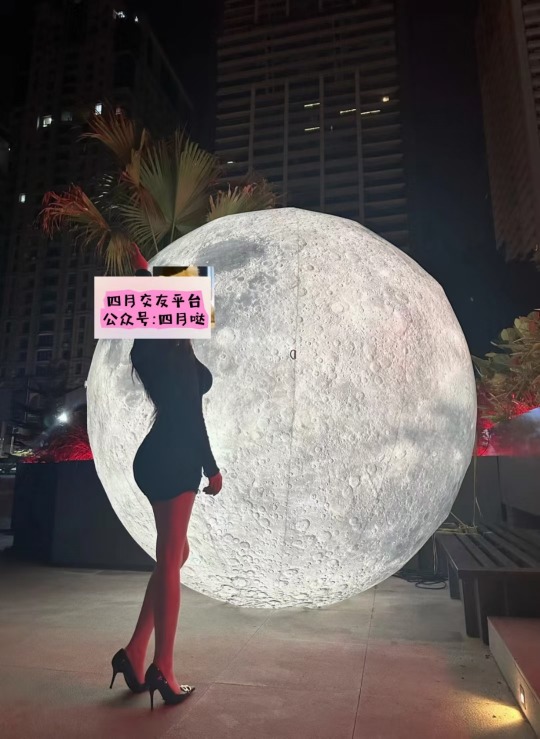
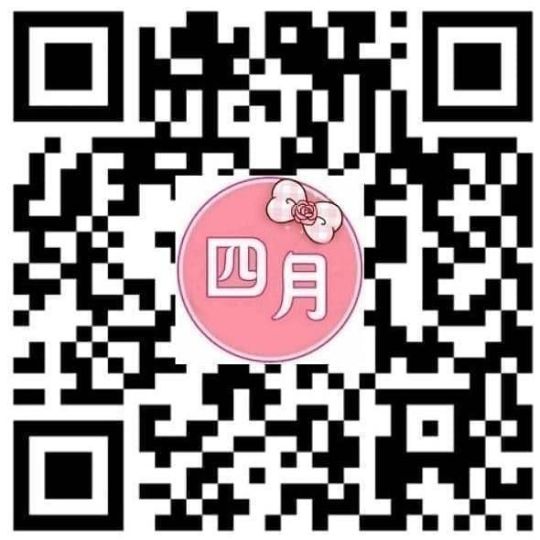
6年交友平台,非外围,只是走肾,互不打扰,各取所需,会员制管理,门槛388起,能接受付费的哥哥们扫码咨询客服。
7 notes
·
View notes
Text

进群玩啊,妹妹们都很会玩,各种姿势等你来探讨,因有运营成本,裙沸198,非诚勿扰,进群➕微信:1015741150
#文爱语爱#约炮 交友 美女 北京交友 上海交友 大学生交友 大学生 江苏交友 南京交友 国内交友 浙江交友 摄影 美图 模特 国外交友 女神 一夜情 小视频 北京 上海 浙江 广州 北美交友 华人交友 字母
12 notes
·
View notes
Text
曾经是你的王
I used to be your king
thanks to this tweet by Chrizz
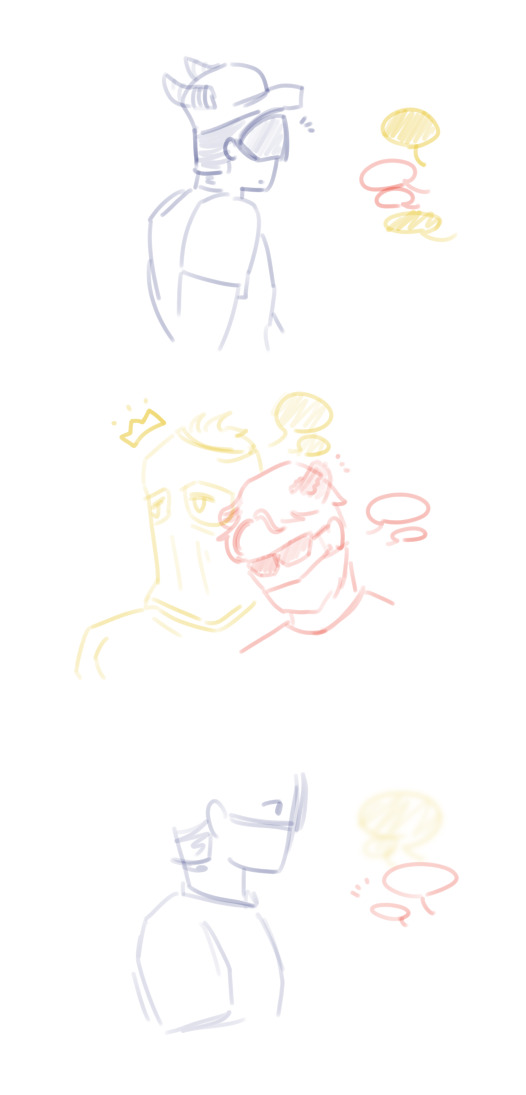


best believe im gonna draw more of this ship, and I find it really cool that both Zimo and Korangi has "king" as their meaning in their names XD looks like Horangi has a type alright
The horns on Zimo because the vest has a "龙" which means dragon (the word/writing looks different because its just traditional and simplified chinese)
I havent wrote chinese in years ever since highschool so if it looks bad? yeah XD
#cod mw2#zimorangi#zimo mw2#zhiqiang wong codmw2#horangi#horangi mw2#sketches#doodles#华语?#最后那个句子也太尴尬了吧
29 notes
·
View notes
Text
乡音难改说新加坡华语
林恩和(怡和世纪副主编) 2024-3-8
怡和世纪 第51期…

View On WordPress
0 notes
Text
youtube
I know this is hard to understand since this is a traditional Chinese song and there's no English translation but anw this is the story about Pu Songling from Qing dynasty who is known for his novels and stories about ghosts and other beings and yes I listen to this whenever I think of Nico.
13 notes
·
View notes
Text

6年交友群,走肾,走心都可以,只进入身体,互不打扰,为保证质量,门槛198,能接受加我微信:1015741150
#文爱语爱#文爱嗑炮#文爱群#字母圈#字母圈交友#情趣用品#一对一私密hi聊 上门服务 群聊 反差奴 情趣道具 情趣皮衣美女 情趣制服 情趣玩具 情趣用品 情趣丝袜 学生旅行 学生服 学生 学生伴游 学生奴 幼女控 御姐 御姐控 舔脚 舔鮑 舔穴 投喂#sm 骚奴 主奴 情趣 绝对领域 cosplay 小母猫 主人 模特写真 平面模特 商务模特 长腿美女 华人交友平台 华人约会 女の子 约炮信息 约炮交友 番号 女优 优 男奴 女王 浪货 剧情 游戏网址:www.hn
2 notes
·
View notes
Text
生活可以五颜六色,但绝不能乱七八糟
#女奴 女孩 女朋友 包养萝莉 包养 包养美女 包养俱乐部 福建约炮 绿帽奴 贱货 天津约炮 深圳约炮 视频爱爱 上海约会 语音 全国约炮 原味丝袜 大连约炮 英国约炮 原味内内 浙江约炮#约炮 交友 ���女 北京交友 上海交友 大学生交友 大学生 江苏交友 南京交友 国内交友 浙江交友 摄影 美图 模特 国外交友 女神 一夜情 小视频 北京 上海 浙江 广州 北美交友 华人交友 字母
17 notes
·
View notes
Text
Fuck it, posting my language certifications.
Yeah, they're outdated because of the military coup. No, I ain't lying about my certifications. "Hnin Oo Lwin" is my full name and honestly, there are thousands of people who share my full name so I'm not scared to put it out there. Like I said, Burmese names work different.
Also, I was 19 in 2019.



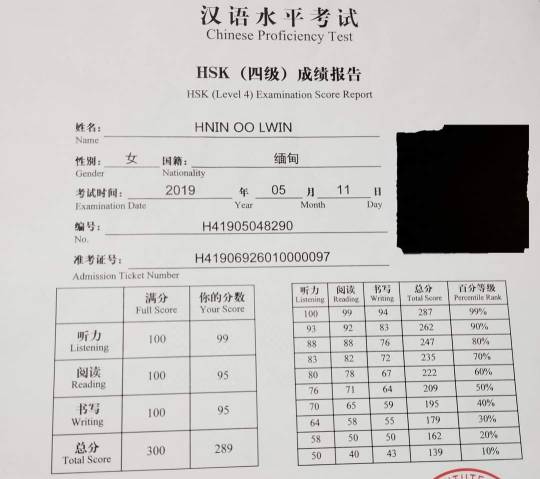

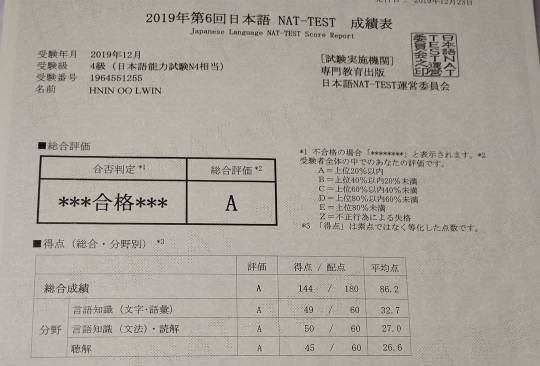
#english language#efset#English C2#TOPIK#topik II#hsk 5#hsk#han yu shui ping kao shi#jlpt#NAT test#chinese studyblr#korean studyblr#japanese studyblr#English translator#토픽#한국어능력시험#studyblr#langblr#汉语水平考试#日本語能力試験#日本語#汉语#华文#한국어#chinese langblr#chinese language#korean language#japanese language#burmese
6 notes
·
View notes
